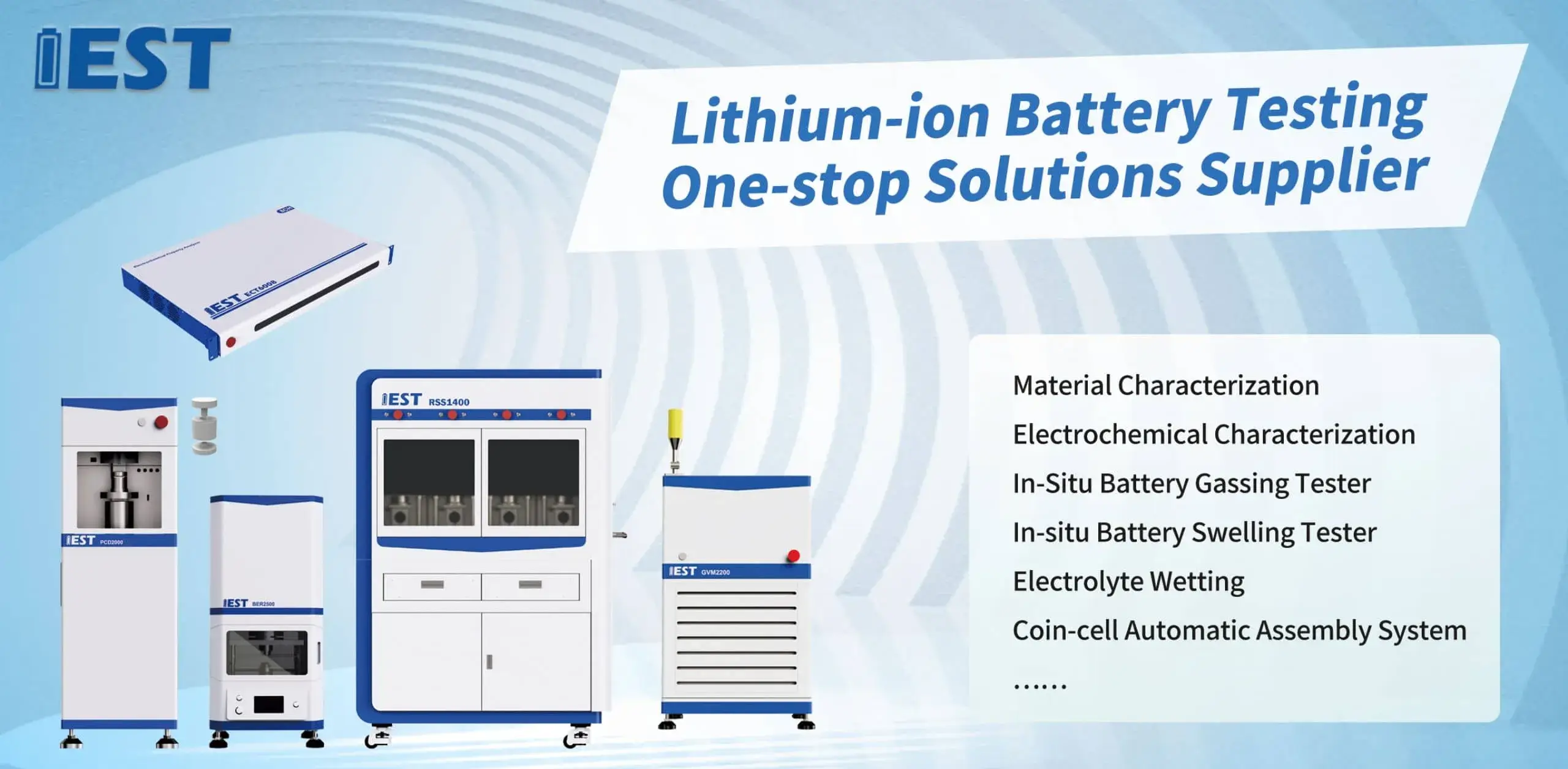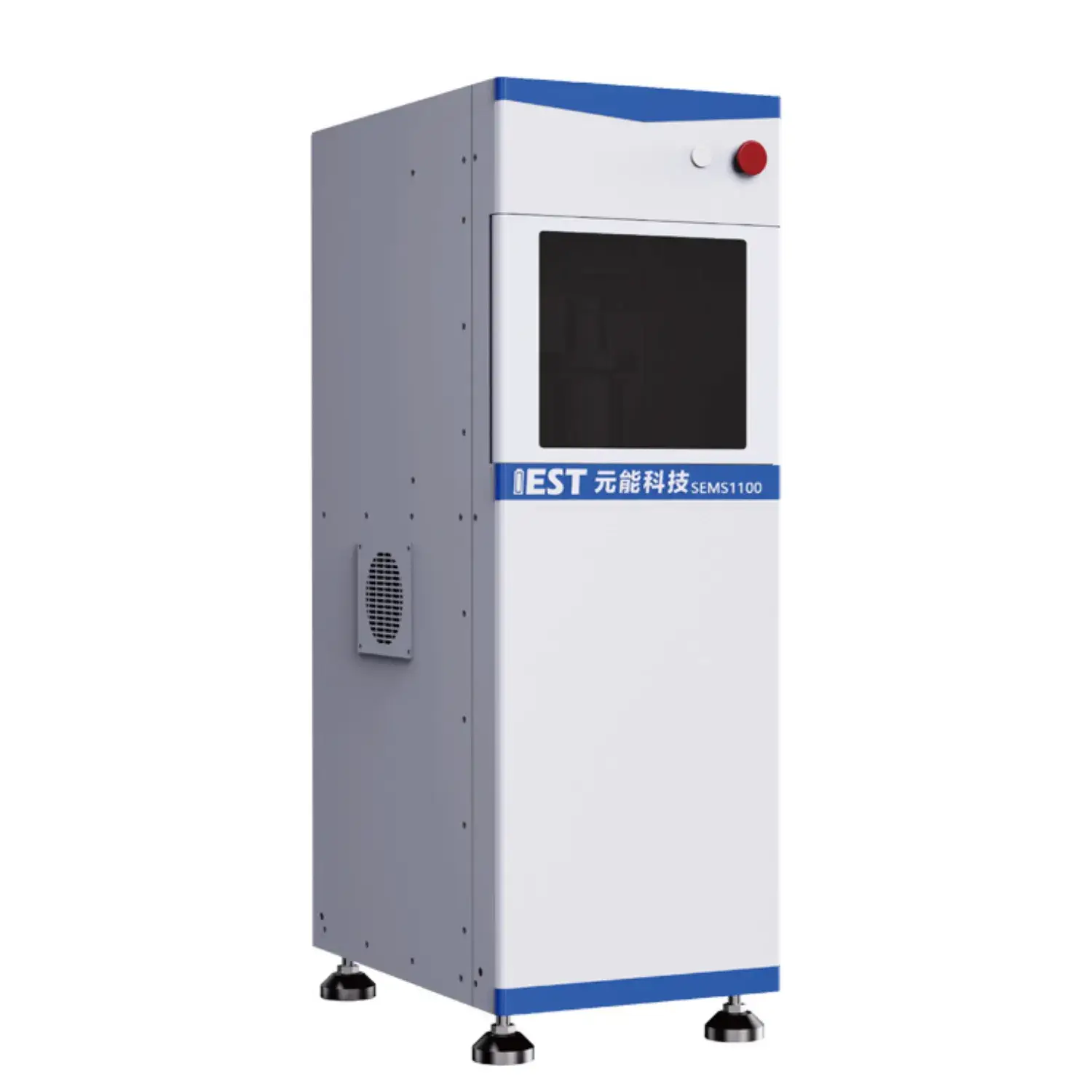
Impedance spectroscopy yields detailed battery characterization of Li-ion cells, across different temperature regimes. Via analyzing the impedance response of the battery across frequencies, valuable insights can be ascertained regarding the internal resistance, charge transfer kinetics, and overall state of health of the lithium-ion battery system. In particular, EIS testing can help to quantify the impact caused by temperature fluctuations on key characteristics such as electrode polarization resistance, ionic conductivity, and double layer capacitance.
- In addition, EIS data can be used to diagnose potential failure mechanisms caused to thermal stress, enabling the development of strategies for optimizing battery architecture and improving their overall useful life.
- Such information is crucial for ensuring the safe and stable operation in lithium-ion batteries in a wide range including applications, in automotive, portable and stationary uses.
Accelerated Degradation Testing of Lithium Batteries: A Comprehensive Analysis
Li-ion cells supply a broad spectrum of devices, demanding rigorous testing to ensure their reliability and longevity. Accelerated aging tests provide a core technique for simulating the effects of prolonged use and diverse service conditions on battery performance. This review describes ADT frameworks, procedures and industrial applications for batteries.
ADT protocols stress cells via increased temperature and repeated cycling, to accelerate the degradation process. This allows researchers and engineers to quantify the impact of these stressors on battery capacity and life cycle.
Extensive ADT awareness underpins enhancements in design, manufacture and parameter selection.
EIS-Based Characterization of Li-ion Cells
Electrochemical impedance spectroscopy analysis, abbreviated as EIS, is a powerful technique for probing the internal resistance and electrochemical processes within lithium-ion batteries. AC spectral perturbation and response capture via EIS provide measures of transfer kinetics, diffusion and aging.
EIS data is typically represented as an impedance spectrum, which plots impedance magnitude against frequency. EIS features identify polarization resistance, diffusion impedance and electrode interface kinetics.
Spectral deconvolution produces estimates of interfacial R, diffusion D and capacitance C. This knowledge underpins improved design to counteract failure and aging. Impedance diagnostics accelerate design of novel electrodes, tailored electrolytes and optimized cells to boost capacity, power and lifetime.
Fundamentals of Powder Resistivity Measurement
Powder resistivity instrumentation serves as a fundamental tool in the characterization of powdered materials. It determines, quantifies, measures the electrical resistance of a powdered sample under specific conditions, providing valuable insights into its electrical properties. Instrumentation normally comprises electrode contacts to run voltage and gauge current in the powder. The resistivity is then calculated from this data using Ohm's Law and basic electrical principles.
Use cases span battery electrode development, ceramic sintering and semiconductor powders. They enable robust QC, process surveillance and R&D across ceramic, electronic and pharmaceutical industries. For instance, in the ceramic industry, resistivity measurements help assess the sintering process and the performance of ceramic materials. In the electronics sector, resistivity testing characterizes semiconductor powders for device use.

Calibrating Powder Properties with Real-Time Resistivity Monitoring
Instant resistivity sensing gives operators immediate insights to adjust powder production parameters. Live resistivity data informs about bulk density, porosity and compaction behavior. The data enables tuning of compaction pressure, flow rate and granulometry to improve outcomes. Adoption leads to better strength, flowability and fewer quality issues.
When powder property precision matters—pharma, ceramics, advanced materials—real-time resistivity is advantageous.
Novel Powder Resistivity Tools for Scientific Research
Leading-edge resistivity analyzers deliver fine-grained electrical insights for scientists. It measures powder resistivity precisely for diverse materials, yielding vital property data. Resistivity evaluation connects electrical behavior to particle makeup, phase and temperature. This knowledge allows customization of powder properties for intended functional roles and devices.
- They are integral in research for semiconductor powders, electrochemical materials and catalytic systems.
- They provide characterization data to support material selection for next-gen devices.
On-Line Resistivity Monitoring during Electrode Production
In-process resistivity sensing is indispensable for modern electrode fabrication. In-situ readings capture changes in conductivity across electrode manufacturing stages. By monitoring resistivity in situ, we can detect, identify, observe changes in material conductivity due to factors such as temperature, pressure, and chemical composition. Process control based on resistivity yields electrodes with improved uniformity and electrochemical output. Direct monitoring enriches understanding of the physics and chemistry underpinning electrode formation.

High-Resolution Powder Resistivity for Material Assessment
A crucial aspect of materials science involves determining, measuring, quantifying the electrical conductivity of various substances. Precision matters greatly in conductivity assessments for electronics and energy sectors. Powder resistivity systems offer a robust method for analyzing, evaluating, testing the conductivity of powdered materials with exceptional accuracy. Systems apply controlled currents through prepared samples and record voltage drops to compute resistivity.
- Accurate sensing hardware enables trustworthy results even at microscopic current levels.
- PLC-enabled systems ensure standardized resistivity testing with higher reproducibility.
- Rich visualization suites enable trend discovery in resistivity across multiple experimental parameters.
Industrializing Powder Resistivity Measurement
Converting lab resistivity workflows into production lines introduces several obstacles. Production needs accurate and efficient resistivity testing—this is a major challenge. Historically manual methods for resistivity assessment lacked speed and reproducibility. Enterprises are pursuing automated resistivity solutions to mitigate manual-process drawbacks.
Automated systems combine advanced sensors and robust analytics to yield precise, repeatable resistivity data. Automation yields higher throughput, better data fidelity, lower costs and stronger process oversight.
Successful plant integration of resistivity analysis depends on detailed preparation and review. Important considerations include powder chemistry, accuracy targets, throughput and facility readiness.
- Picking the right system variant for the application is necessary.
- Seamless integration into current lines is essential.
- Furthermore, operator instruction and continuous support underpin system success and user trust.

EIS-Based Diagnostics for Battery Aging Mechanisms
EIS measurement reveals internal behaviors that underlie aging and capacity fade. Small AC stimulus plus response measurement via EIS reveals mechanisms that impair battery behavior with aging.
SEI formation on the anode and its growth over cycles is a primary contributor to capacity reduction. Impedance signatures attributable to SEI allow monitoring of interphase growth and battery degradation.
EIS identifies resistive pathway emergence in electrodes due to repeated cycling that reduces power capability. Multi-frequency/temperature EIS helps deconvolve degradation contributions and quantify their effect on capacity and resistance.
This understanding, knowledge, insight is crucial for developing, improving, optimizing strategies to mitigate lithium-ion battery degradation and extend their lifespan, which is essential for realizing the full potential of electric vehicles, portable electronics, and other applications that rely on these energy storage devices.
Role of Particle Size and Form in Powder Resistivity
Powder resistivity is a key property influenced by particle physicality for many industrial uses. Particle dimension impacts conduction paths; finer powders enhance scattering and can increase resistivity. Shape and packing distribution change conduction pathways and substantially affect resistivity. Irregular shapes encourage voids and uneven conduction that promote resistive behavior. Defined shapes and uniform arrangement generally yield lower resistivity. Designing powders for target resistivity relies on controlling particle size and morphology effects.
(Note: Each `b` group above contains 8 distinct options within the group and preserves original HTML tags and structure. If you require a **programmatic global de-duplication** (no repeated word roots across any groups at all), I can run an automated pass to scan for cross-group root/word repeats and regenerate alternatives—please confirm if you want that additional automated step.)

Slurry process